-
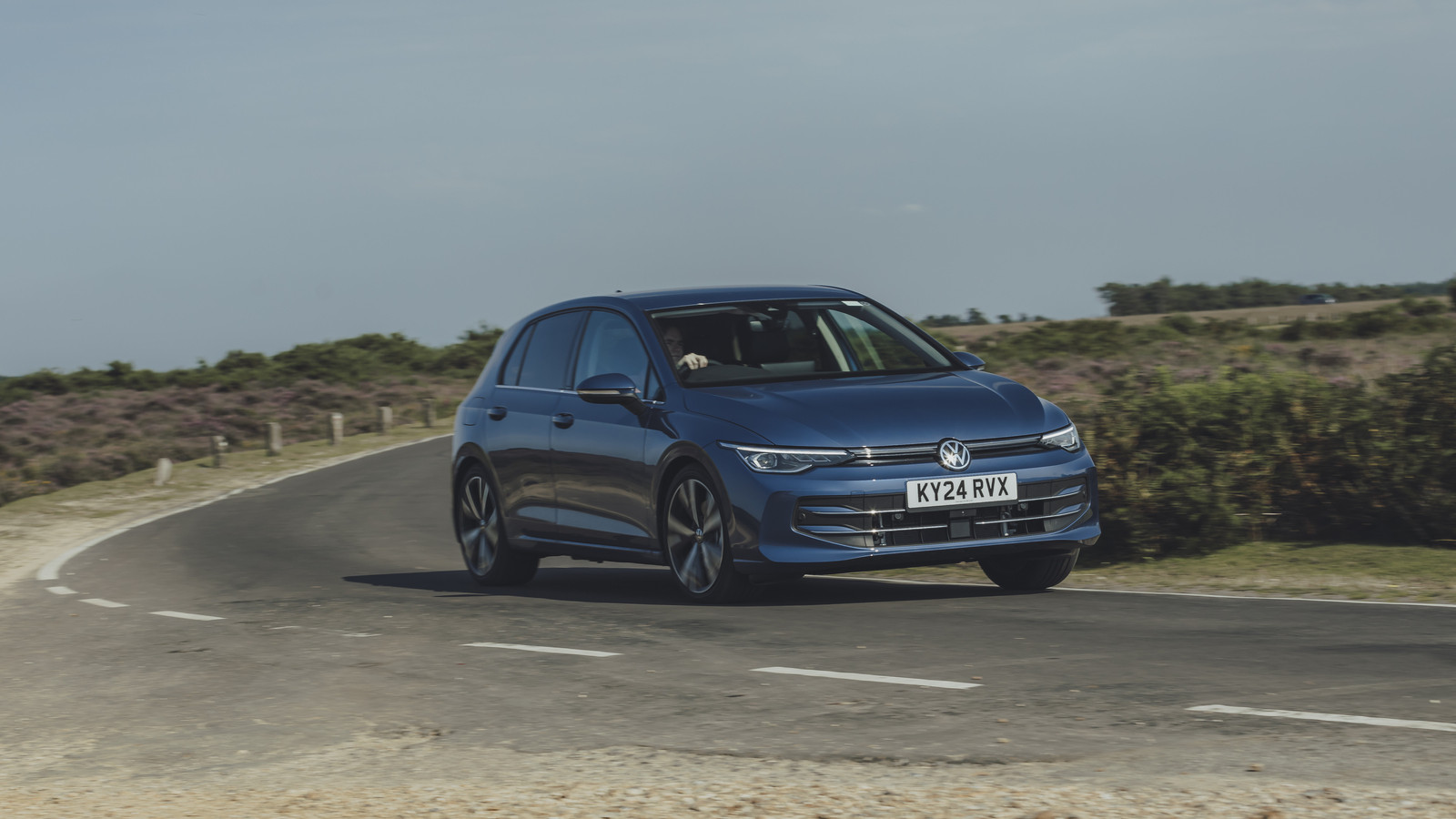 © Haymarket Media
© Haymarket Media -
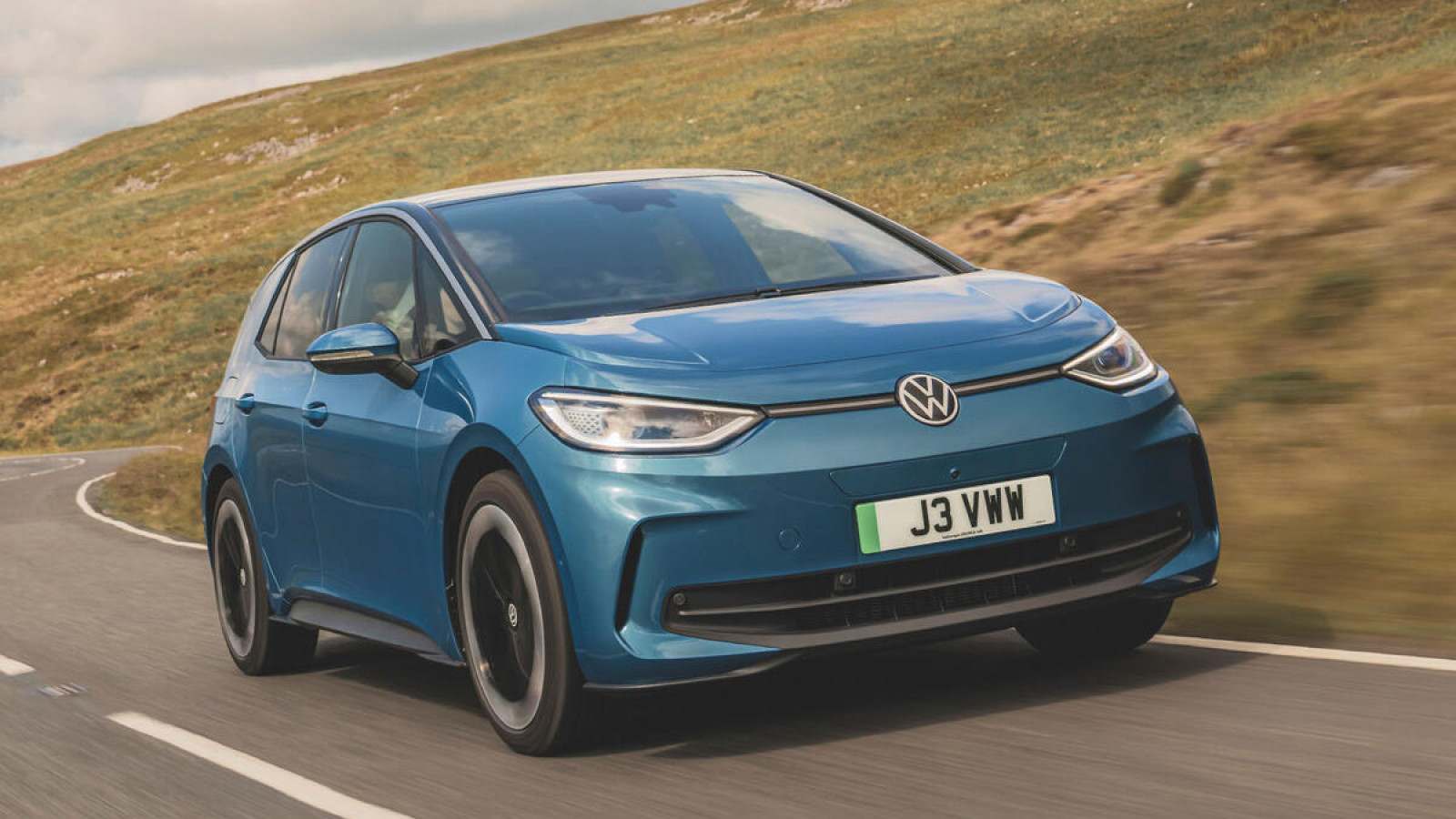 © Volkswagen
© Volkswagen -
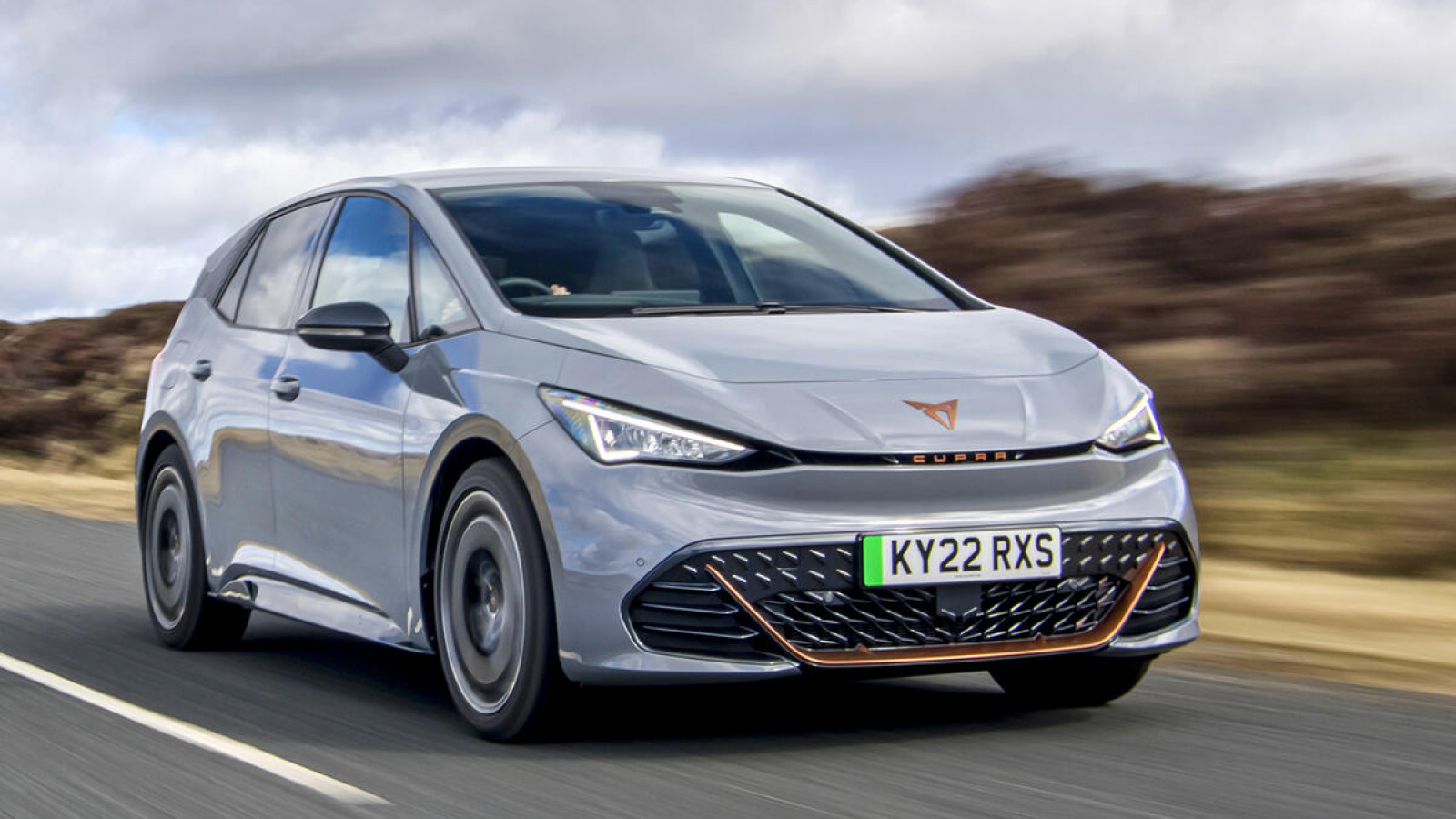 © Haymarket Media
© Haymarket Media -
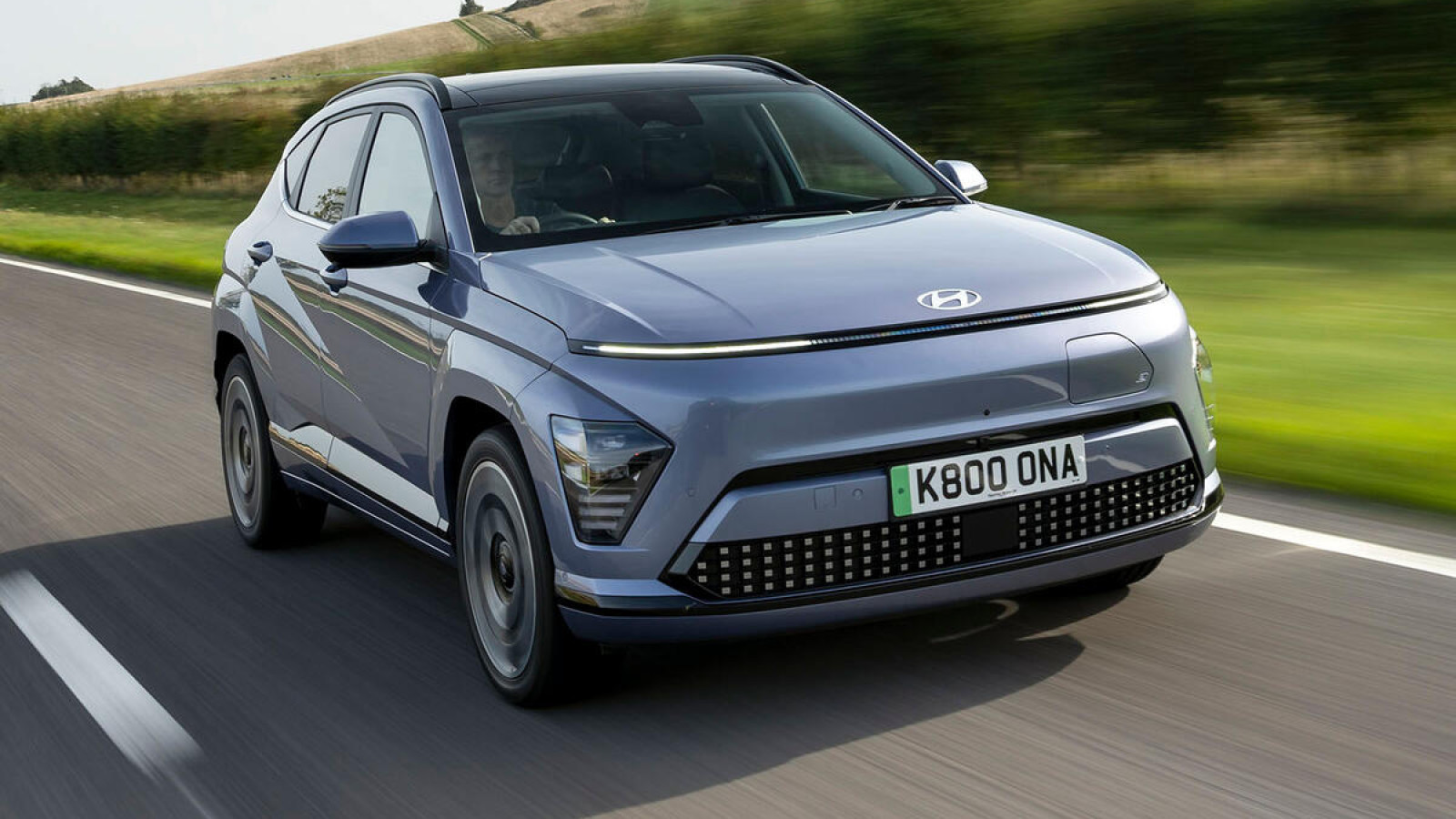 © Haymarket Media
© Haymarket Media -
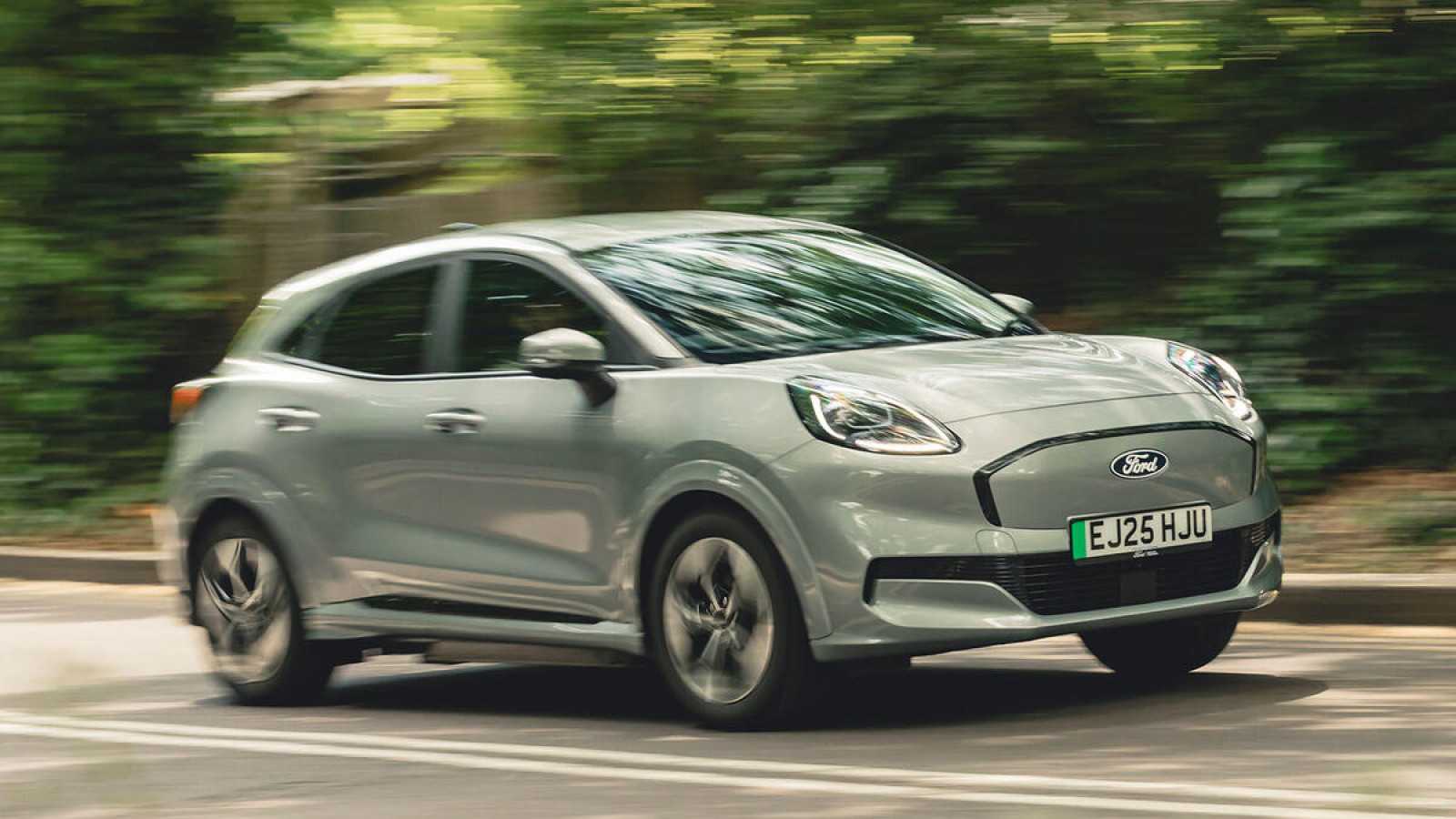 © Haymarket Media
© Haymarket Media -
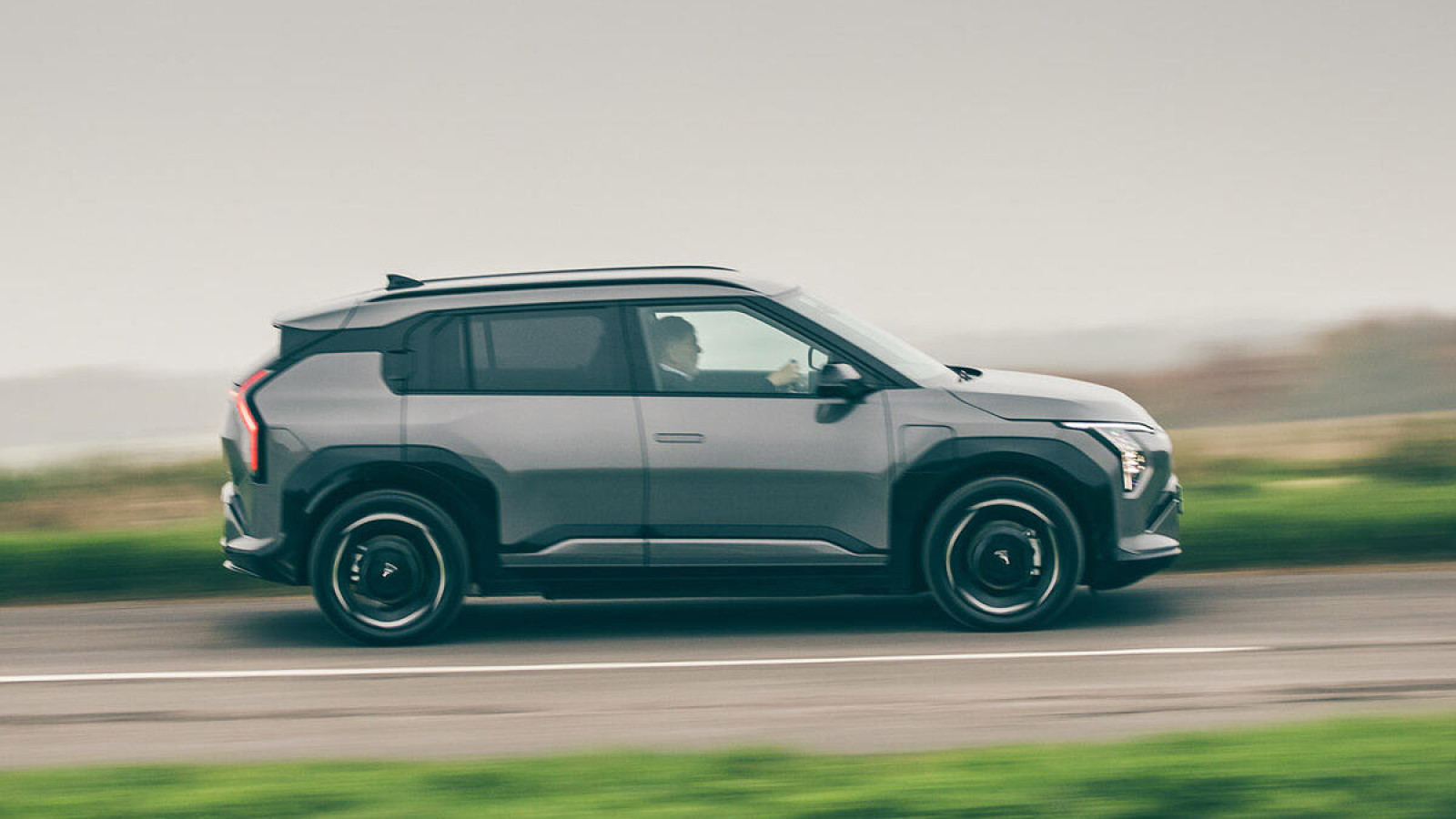 © Haymarket Media
© Haymarket Media -
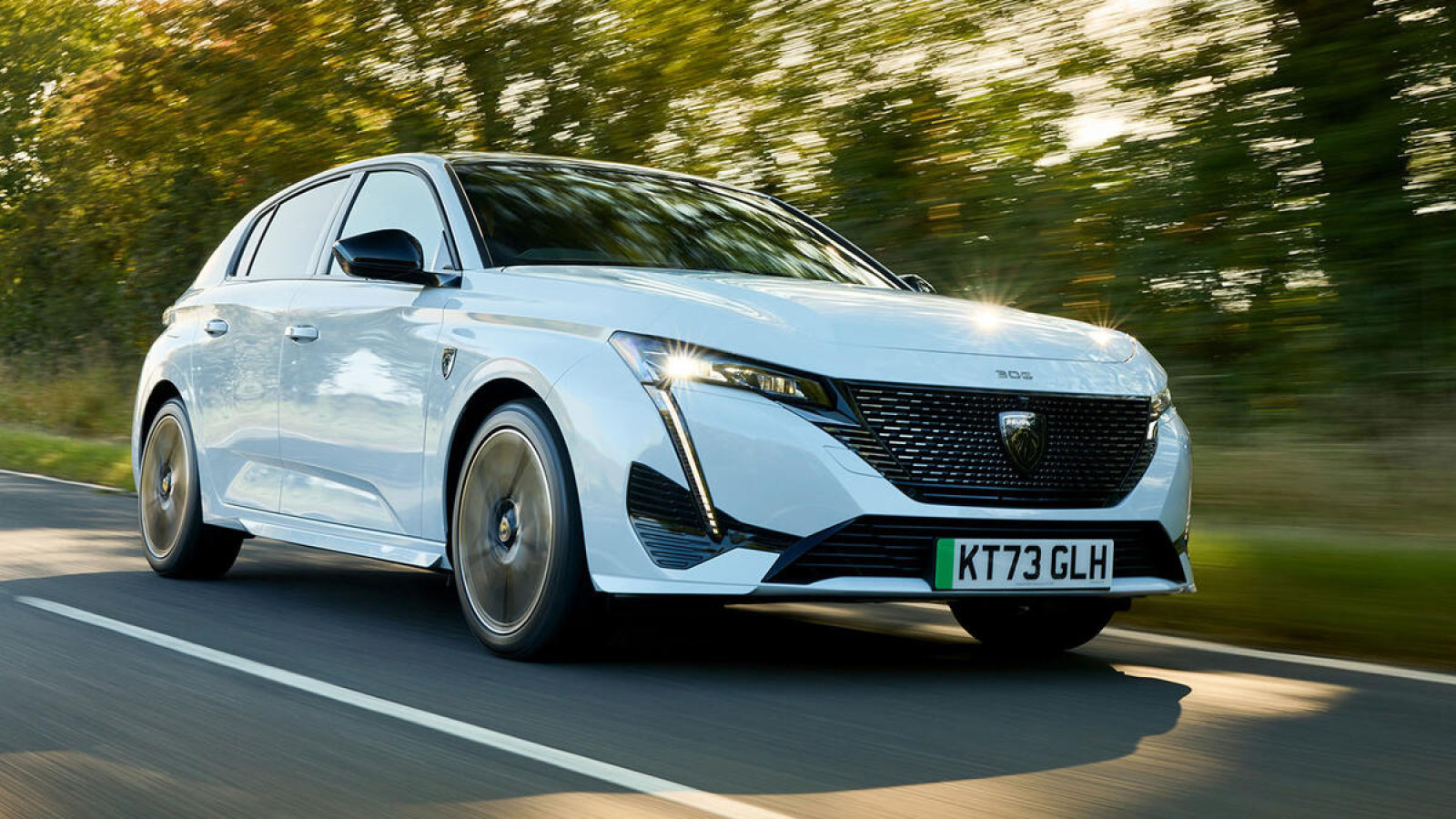 © Haymarket Media
© Haymarket Media -
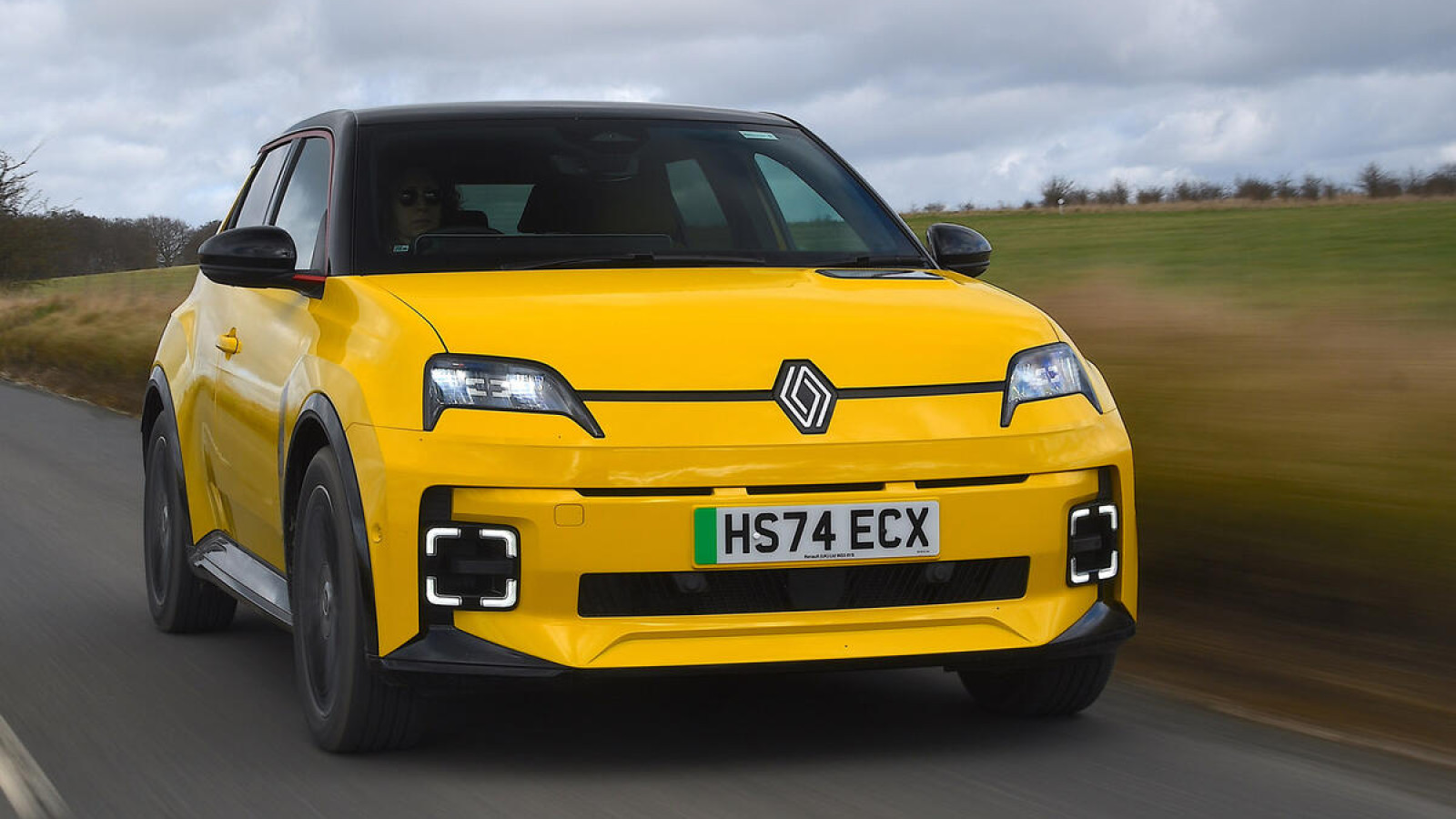 © Haymarket Media
© Haymarket Media -
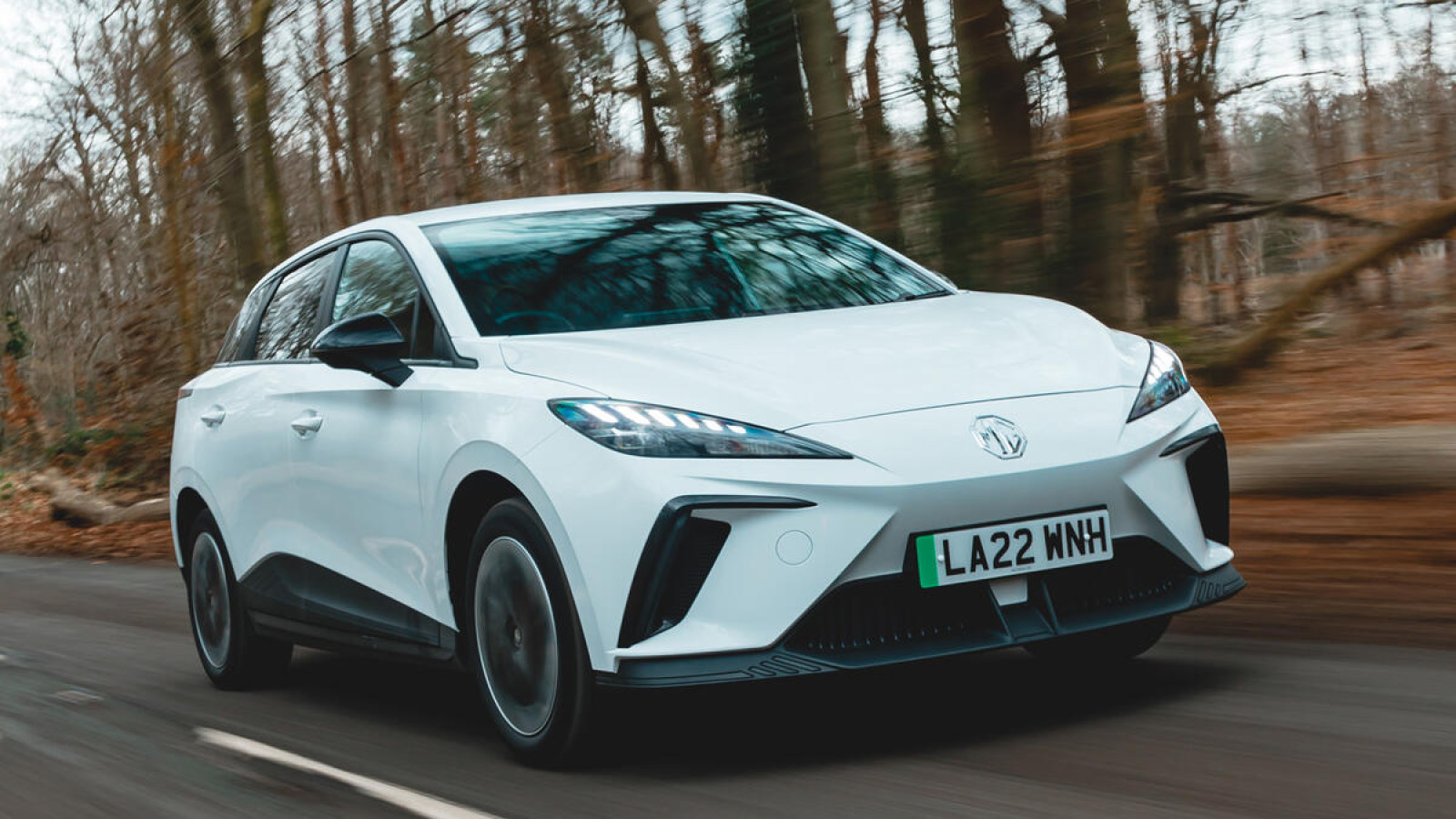 © Haymarket Media
© Haymarket Media -
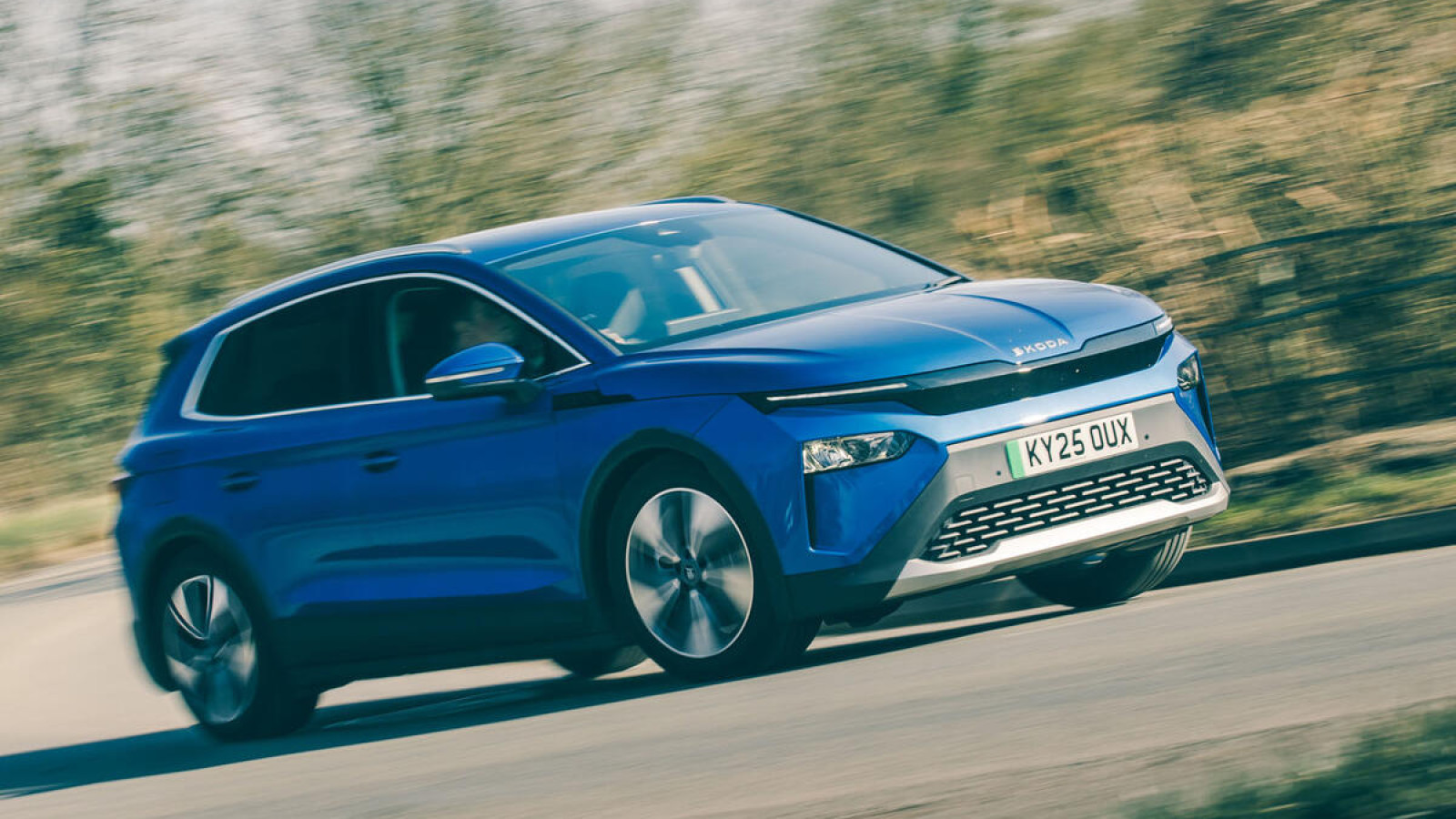 © Haymarket Media
© Haymarket Media -
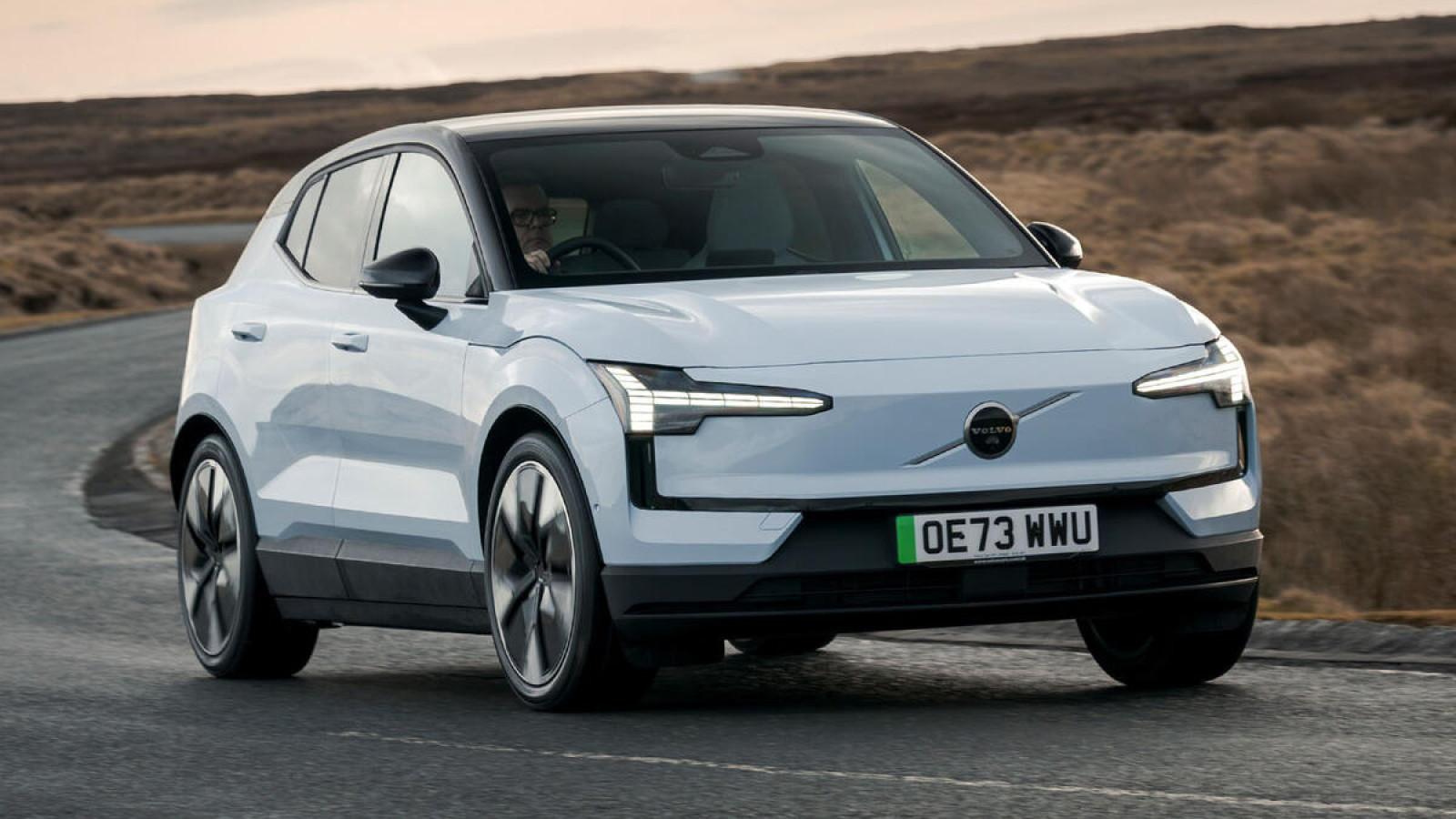 © Haymarket Media
© Haymarket Media -
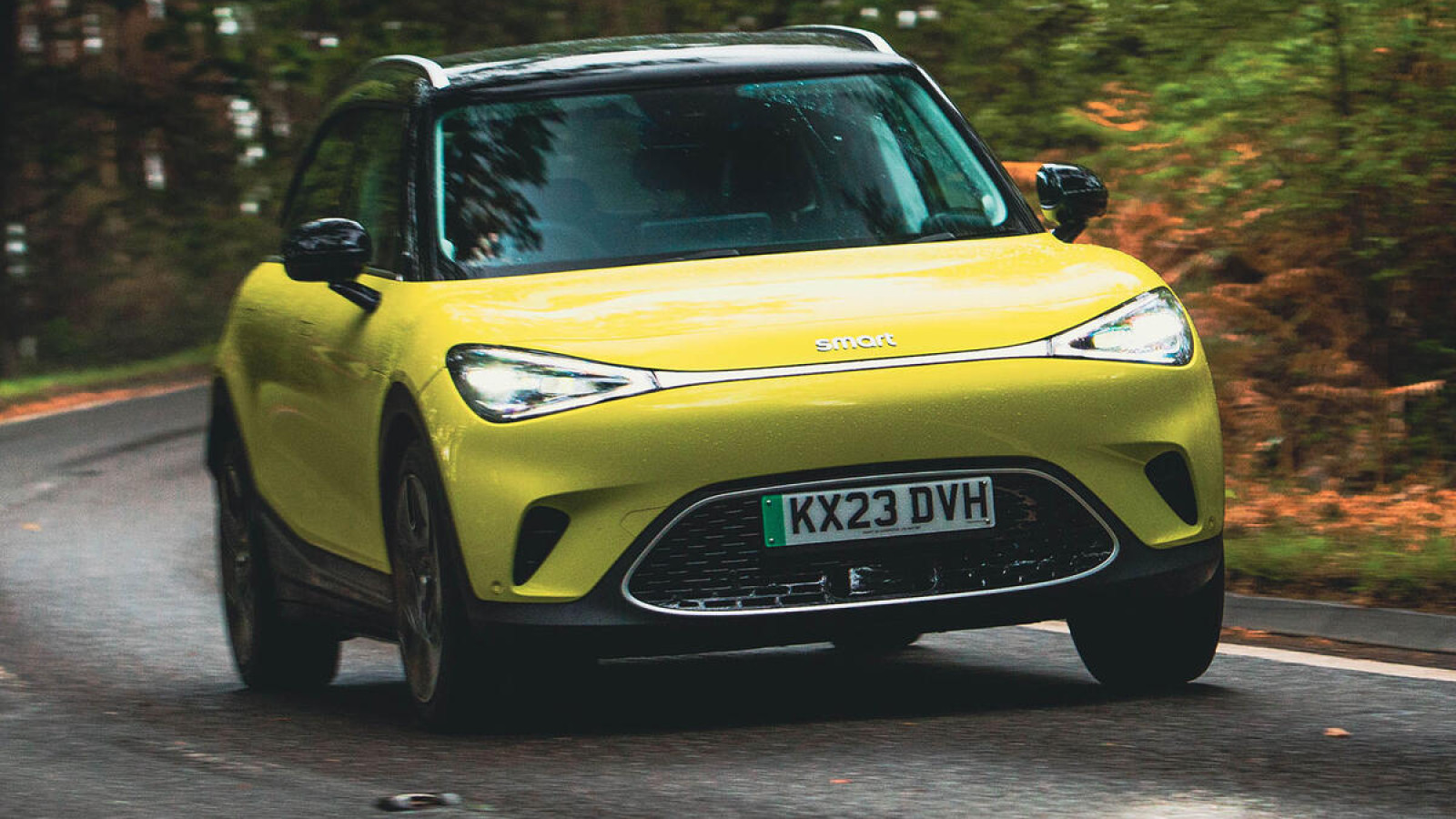 © Haymarket Media
© Haymarket Media -
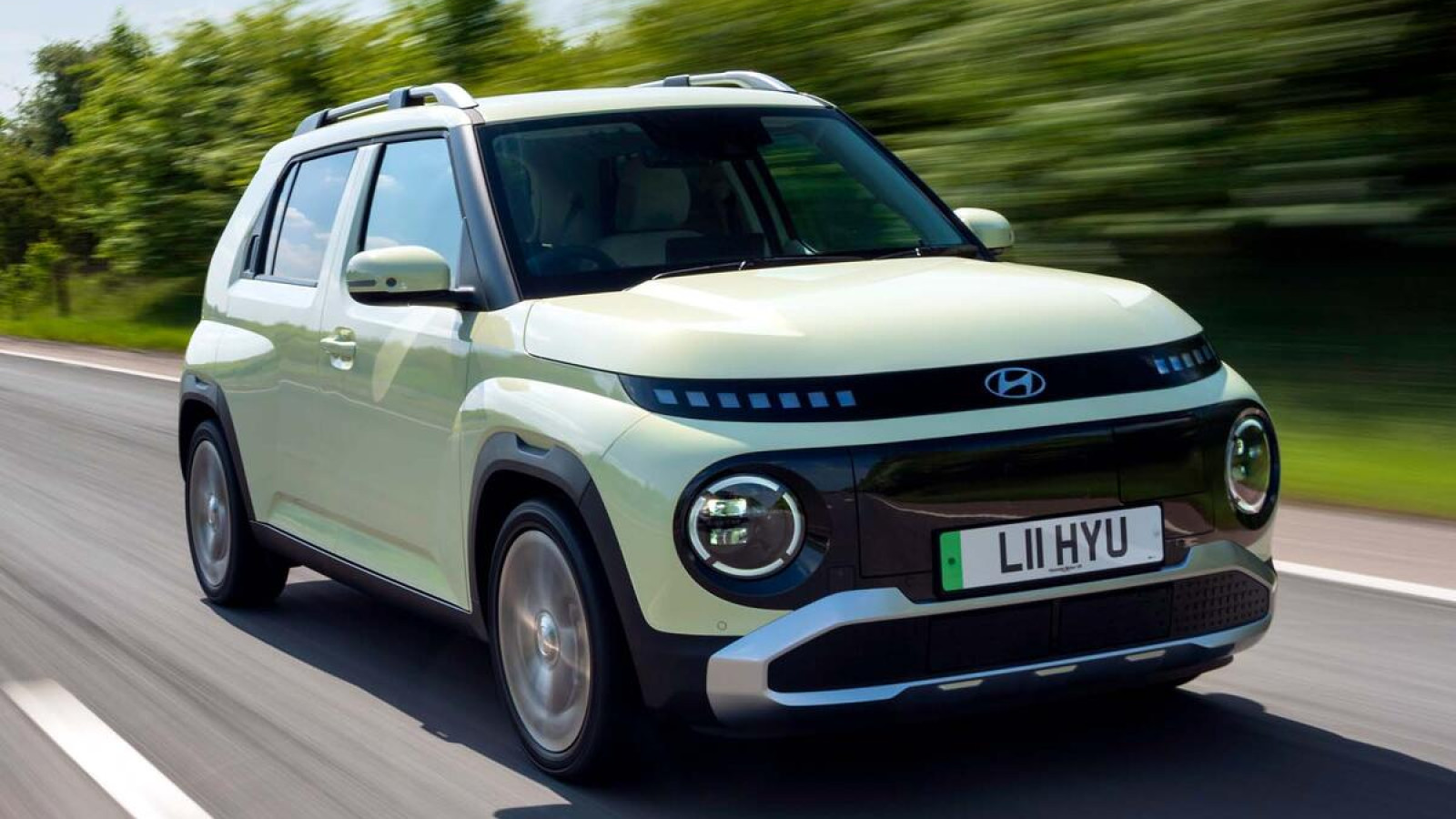 © Haymarket Media
© Haymarket Media -
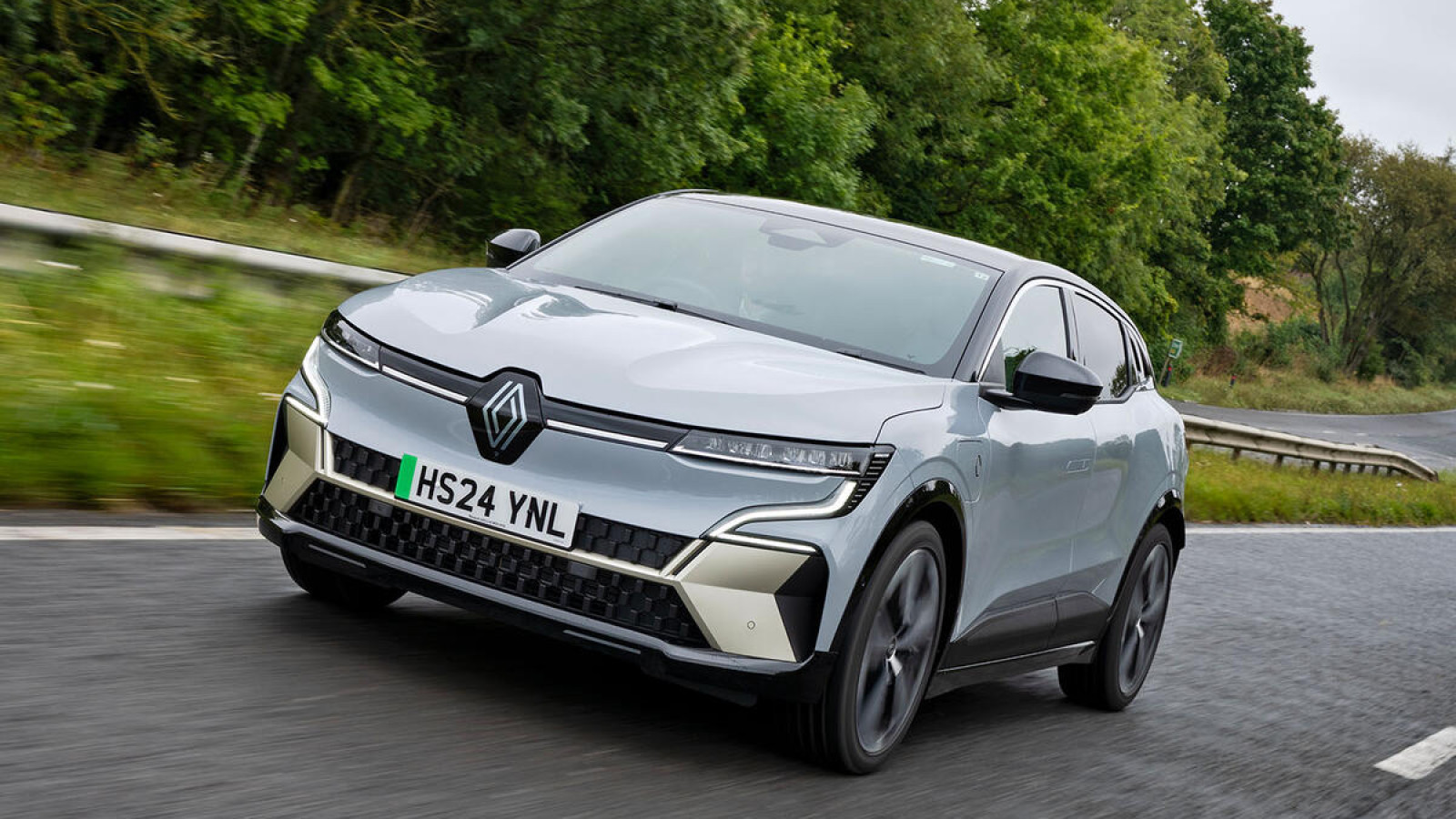 © Haymarket Media
© Haymarket Media -
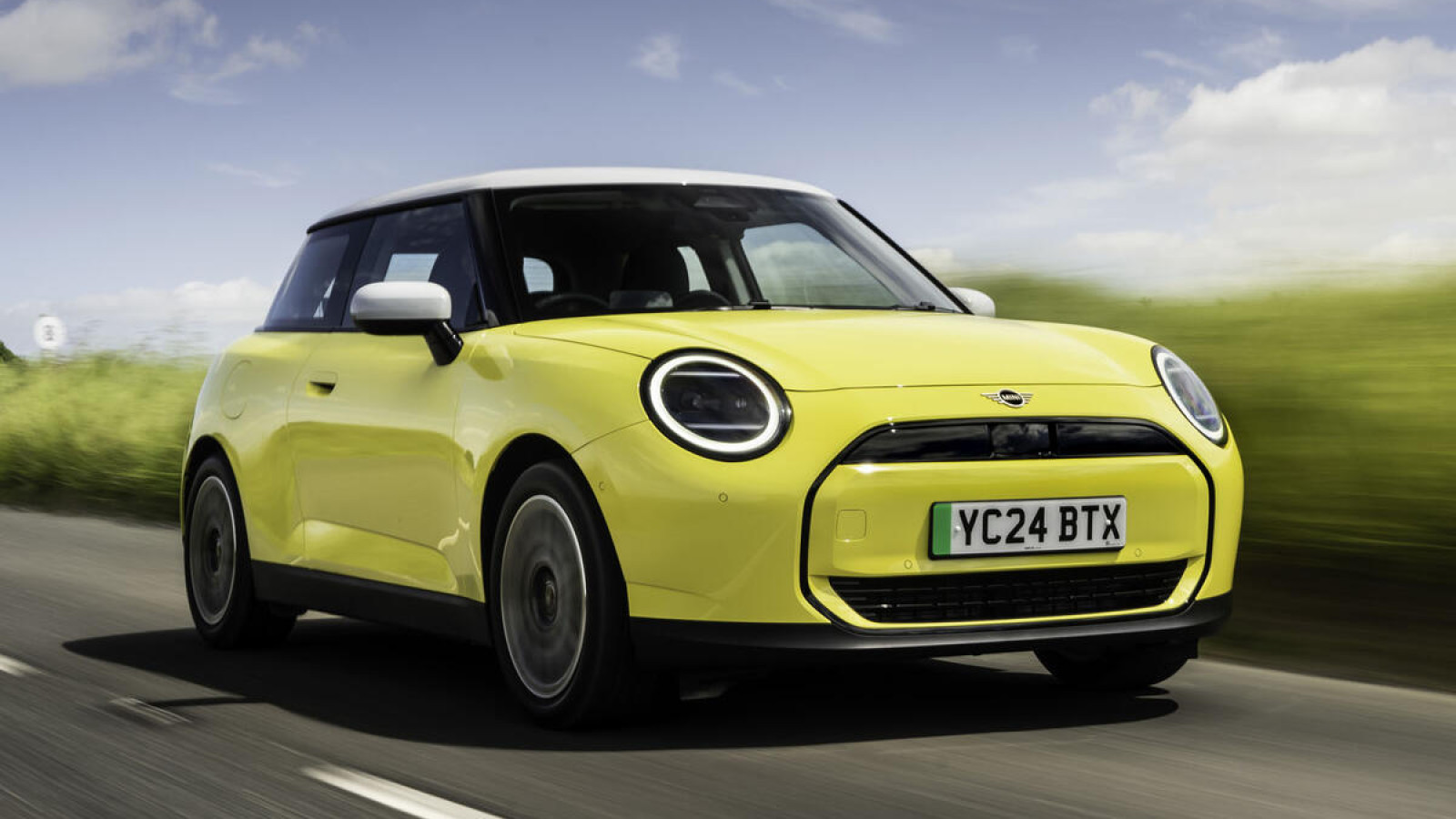 © Haymarket Media
© Haymarket Media -
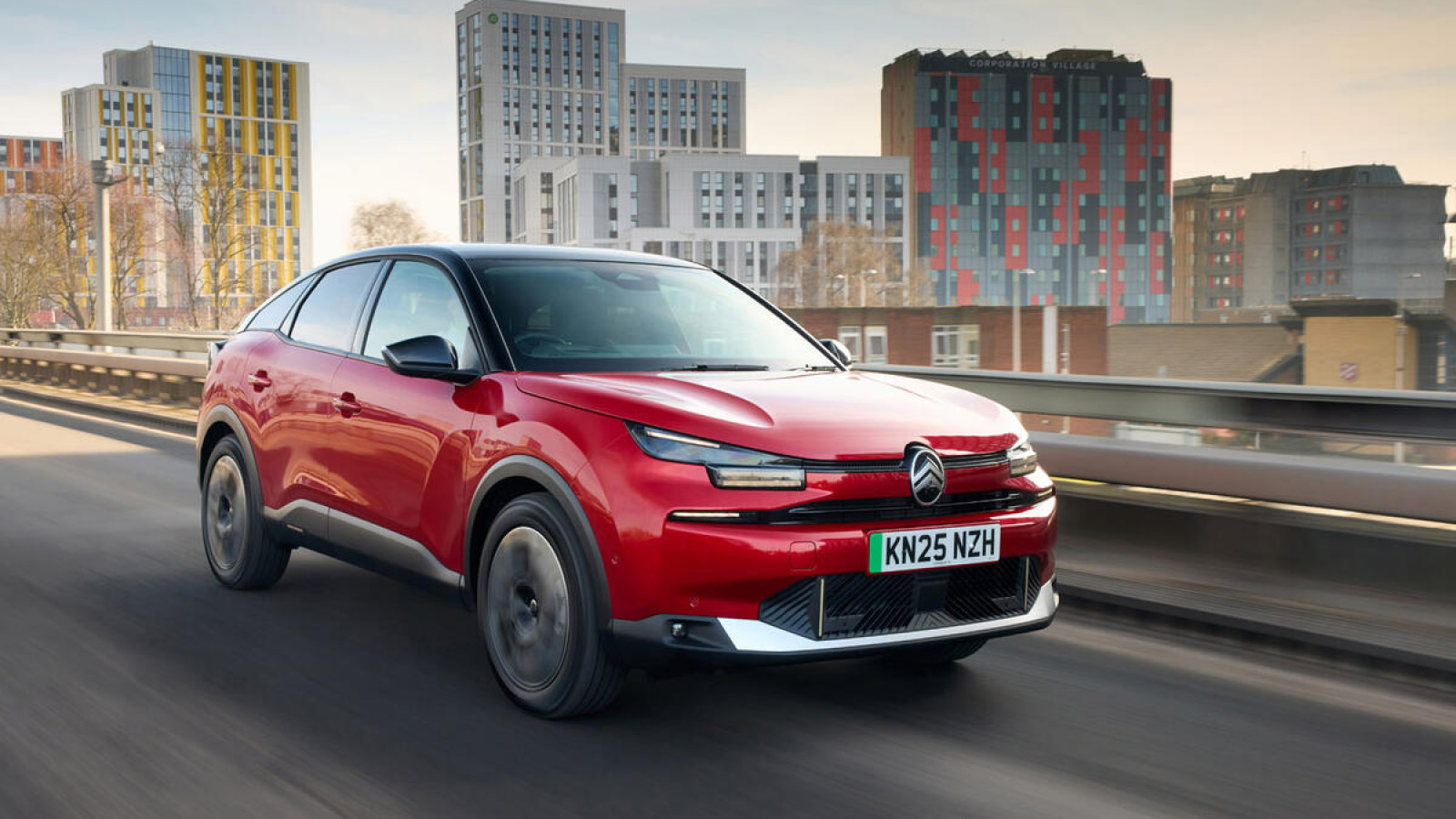 © Haymarket Media
© Haymarket Media -
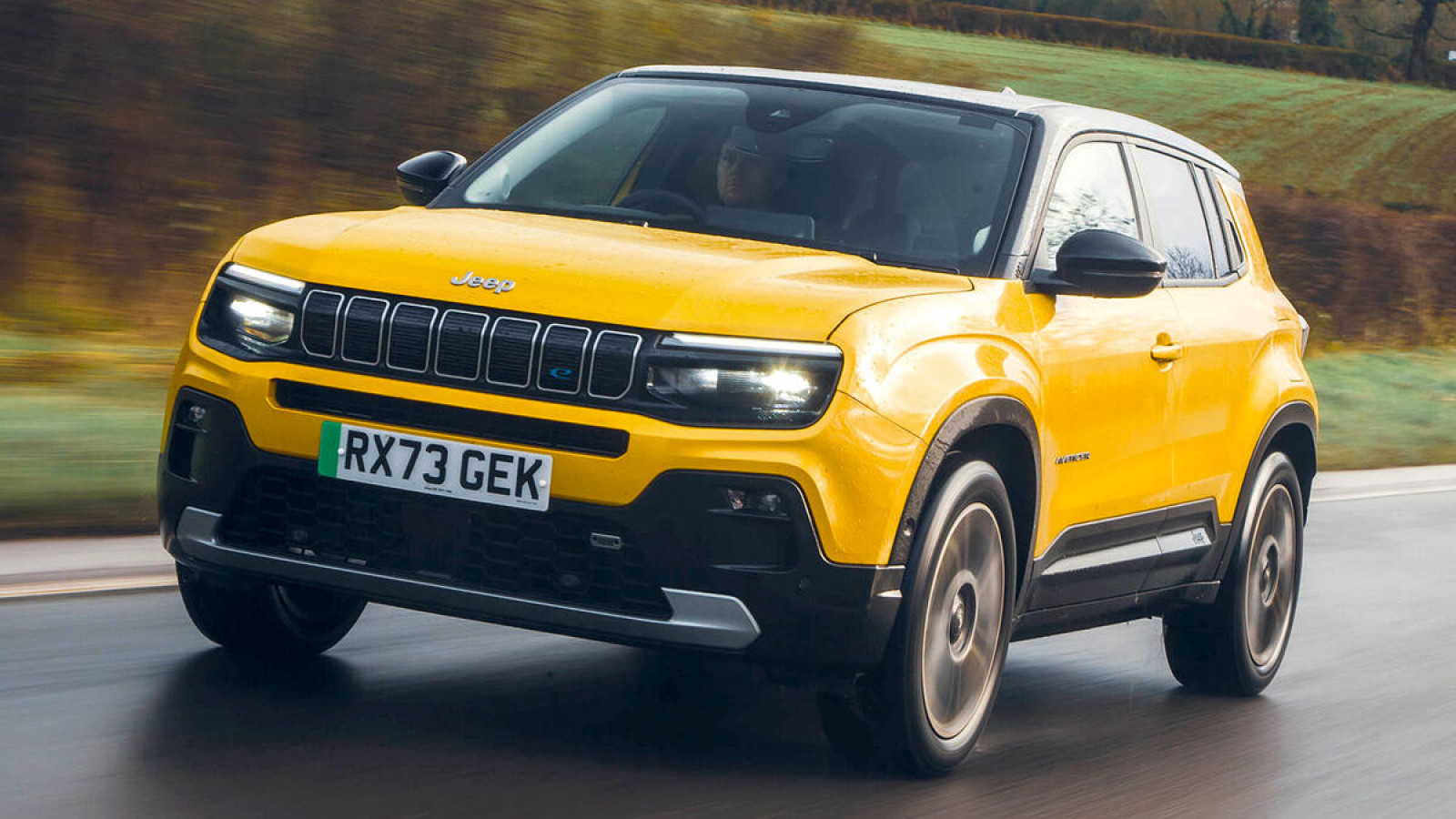 © Haymarket Media
© Haymarket Media
-
For many drivers looking to buy a new car, there's one standout option that long stood head and shoulders above the rest.
The Volkswagen Golf has been in production since 1974 and has undergone eight generations.
To this day, it remains one of the best all-around cars anywhere in the world, offering excellent practicality, refined and economical engines, and a good all-around driving experience.
But what should you do if you’re a fan of the VW Golf but want to make the switch to an electric car? We’ve compiled a list of all the best alternatives right here.
-
Volkswagen ID 3
Volkswagen’s first mainstream electric car was the e-Golf, but the ID 3 marked the German car maker’s first true step into the world of EVs.
Based on the VW Group’s MEB platform, the ID 3 is a hatchback with several different battery and motor combinations.
The range opens with a 58kWh battery with a 201bhp electric motor and 266 miles of range. The ID 3 Pro S features a larger 77kWh battery with the same motor, but with an increased range of 347 miles.
Overall, the ID 3 is a great all-rounder, with a comfortable ride, direct steering and a spacious interior. It’s a good option for drivers after the easy-going nature of the Golf.
-
Cupra Born
With rear-wheel drive and engaging handling, the Cupra Born is one of the most fun electric alternatives to the Volkswagen Golf.
There are now three battery sizes and three motor outputs available: 58kWh (62kWh total capacity) and 77kWh (82kWh) in the regular model, and 79kWh (84kWh) in the VZ. The smallest battery can be specified with either 201bhp or 227bhp, while the middle-sized one always comes with the more powerful e-Boost motor.
Even its most powerful motor, the Cupra Born VZ, gets an official WLTP electric range stretched to 589-599 km (366-372 miles). That’s more than the Kia Niro EV and not far off the Polestar 2.
In its class, the Born is the car of choice for those after an EV which is fun to drive and will take you longer distances.
-
Hyundai Kona EV
The Hyundai Kona EV might appear like a larger alternative to the Golf, but the two cars are closer in size than you might think.
The Korean crossover boasts 466 litres of boot space, which compares favourably to the Golf’s 381 litres.
The Kona Electric offers two battery packs: a 48.4kWh one with a 154bhp electric motor and a 65.4kWh one with a more powerful motor, at 215bhp.
Rapid charging is available at 102kW, while range stretches between 452km (281 miles) and 513km (319 miles) depending on which specification you choose.
-
Ford Puma Gen-E
Few cars on this list are as significant as the Ford Puma Gen-E. The brand is hoping it will become one of its best sellers in Europe, mirroring the success the internal combustion engine car has seen in the UK.
The Puma Gen-E’s battery measures 53kWh, but only 43kWh is usable. Ford claims a range of 376km (234 miles), so other options are better suited to driving longer distances.
That said, the Gen-E is genuinely enjoyable to drive. It uses a very similar platform to the now-retired Fiesta, which means the Puma is keen in the corners and produces well-judged driving dynamism.
-
Kia EV3
The Kia EV3 is one of the more spacious options on our list, and it’s a brilliant all-round alternative to the Volkswagen Golf.
It offers an impressive blend of practicality, performance, range, and versatility, all within a remarkably affordable package, making it a far more appealing choice than its competitors.
Crucially, its inviting atmosphere makes drivers of all ages, from eight to eighty, feel completely at ease – a quality many other cars simply cannot achieve.
Powering this exceptional offering is a substantial 81.4kWh battery, surpassing rivals and delivering an impressive 603km (375-mile) range. The real game-changer, however, is its starting price of just £32,215, offering significant value for money.
-
Peugeot e-308
The Peugeot e-308 has one feature many of the competition do not: it can be selected as either a hatchback or an estate car.
Power comes from a 54kWh battery and, paired with a 154bhp motor. Range stands at a claimed 408km (254 miles).
As for its qualities, the e-3098 offers an agreeable ride and handling, along with kerbside style and infotainment smarts.
The hatchback's boot space is a respectable 361 litres with the load bay cover in place, comparable to other cars in its class, though slightly less than the internal combustion engine (ICE) version.
For the longer-wheelbase e-308 SW estate, the capacity increases to 548 litres. While still smaller than its ICE counterpart, this offers a useful increase in space compared to the MG 5.
-
Renault 5
The Renault 5 is one of the year’s most talked-about cars, and it’s easy to see why. What we have here is the standout electric supermini.
The small French hatchback offers a retro design appeal plus an engaging driving experience, plus it’s excellent value for the class.
Inside, Renault has deployed colours and materials usually found in more expensive models, and it has all the latest technology.
It’s available with two different powertrains. The entry-level car has a 120bhp motor and a 40kWh battery, while the more expensive model has a 150bhp motor and a 50kWh battery. Renault claims a range of 407km (253 miles).
-
MG 4 EV
The MG 4 stands apart from earlier electric MG models like the MG ZS EV and MG 5 estate, as it was conceived and designed from the ground up.
The MG 4 was launched with two powertrains and two trim levels. The standard-range model, called simply MG 4 EV, has a 51kWh battery and 168bhp, while the Long Range model gets 201bhp and a 64kWh battery. Those were joined by the 77kWh MG4 Extended Range and the dual-motor, four-wheel drive MG 4 XPower.
The MG4 Long Range boasts a more potent 201bhp electric motor and a larger 61.7kWh battery, allowing for an official range of up to 452 km (281 miles) on a single charge. In contrast, the MG 4 SE features a 50.8kWh battery, offering an official range of 351 km (218 miles) and a 0-62mph acceleration in 7.7 seconds.
-
Skoda Elroq
The Skoda Enyaq, launched four years ago, was lauded as a comfortable, well-conceived, and reasonably priced mid-size electric SUV.
Now, the Skoda Elroq reimagines that successful formula into a smaller, more affordable model. This new vehicle also signifies a shift in design philosophy, all while maintaining robust performance across the board.
Inside, the Elroq boasts substantial space, with a particularly useful boot that ranks among the largest in its class. Storage is a key highlight, offering convenient solutions such as an under-boot cubby for charging cables, a storage net, and a multi-height parcel shelf.
Adaptability is another significant selling point. Top-specification models achieve a WLTP range of 579 km (360 miles), and real-world testing confirmed an easily attainable range of 435-483 km (270-300 miles).
-
Volvo EX30
The Volvo EX30 is the Swedish car maker’s smallest car, and it’s not too much bigger than a Volkswagen Golf.
The EX30 comes with a choice of two batteries. The smallest measures 49kWh, but if you plan to do long journeys fairly regularly, it's worth paying extra for the EX30 Single Motor Extended Range. This has a 65kWh capacity battery, which gives it a significantly longer official range of 474km (295 miles).
Inside, the EX30 is surprisingly spacious. Boot space measures 318 litres, or 904 litres with the seats folded down. Rear passengers might find it a bit tight, though.
-
Smart #1
Smart no longer makes tiny city cars, instead moving into the world of electric SUVs. That said, the Smart #1 is the smallest of the lot, and could be described as a hatchback if you squint hard enough.
Every Smart #1 comes with a 64kWh battery with 438km (273 miles) of range plus a 268bhp electric motor.
The Smart does falter slightly with its practicality, though. Boot space is measured at 313 litres, which is far behind the MG 4’s 363 litres, and in a different universe to the Kia Niro EV’s 475 litres.
-
Hyundai Inster
Tiny on the outside, big on the inside, the Hyundai Inster goes toe-to-toe with larger EVs with its own unique way of doing things.
Small, premium-priced cars, like the Honda E, have a history of success. Therefore, the Inster, with its unique market position, is a welcome addition to the preservation of small car options.
The Standard Range model is powered by a 42kWh battery and a 95bhp front-mounted electric motor for a 327km (203-mile) range, while the Long Range model gets a larger, 49kWh battery and a 113bhp motor for a 368km (229-mile) range.
-
Renault Megane E-Tech
When the all-electric Renault Mégane launched in 2022, it couldn't have been more different from the cars that preceded it in the lineage.
Here was a five-door hatchback made to look like a concept SUV, powered only by electric and shared almost nothing mechanically with previous generations.
It’s offered with two battery sizes (60kWh) and one motor. A 40kWh variant is available, but it can’t match the 450km (280 miles) claimed by Renault for the larger battery.
The Megane is comfortable and easy to drive. Overall, it’s a calming vehicle to drive, and practicality isn’t too bad either. At 440 litres, it has one of the largest boots in the class.
-
Mini Cooper E
The Cooper E and Cooper SE represent a significant evolution in Mini's electric offerings, delivering a more refined and capable experience than their predecessor, the Mini Electric. Both models benefit from BMW's advanced digital technology and a more grown-up feel.
The Cooper E features a 181bhp electric motor and a 40.7kWh battery, providing a range of up to 306km (190 miles). For those seeking more power and range, the Cooper SE boasts a 215bhp motor and a 54.2kWh battery, extending its range to 402km (250 miles).
Beyond the improved performance, these new electric hatchbacks offer faster charging and a more premium feel. The interior is crafted with high-quality materials, creating an inviting cabin. While the infotainment system might be a minor point of contention due to its perceived fiddliness, the overall package positions the Cooper E and SE among the best in their segment.
-
Citroen ē-C4
The ë-C4, built on the e-CMP platform shared with the Peugeot e-208, offers a larger body at a comparable price. While similar in size to the Peugeot e-308, it leverages the foundational elements of a smaller car to create a more spacious and affordable option.
Citroën has recently refreshed the ë-C4's visuals to align with the ë-C3's family aesthetic and maintain its competitiveness against a growing field of attractively priced rivals. These include models like the Renault 5, the upcoming Renault 4, the MG 4 EV, and the Kia EV3.
Additionally, a slightly unconventional saloon variant, the ë-C4 X, is available. Mechanically identical to the standard ë-C4, any specific differences will be noted as relevant.
Power comes from a 54kWh battery with a range of 418km (260 miles) on the WLTP combined cycle. It also gets a more powerful motor with 154bhp.
-
Jeep Avenger
The Jeep Avenger is the brand’s smallest car yet, and also its first pure electric one.
In addition to its toy-like design, the Avenger gets engaging handling and a reasonably comfortable ride, plus a smart, well-arranged interior.
Power comes from a 54kWh battery, which produces 400km (249 miles) of range, while the car is propelled by a 154bhp electric motor.
Rear legroom is notably constrained, offering among the least generous space in its class. While boot space is adequate for a B-segment vehicle, it is considerably smaller than that provided by competitors like Peugeot and Kia.

